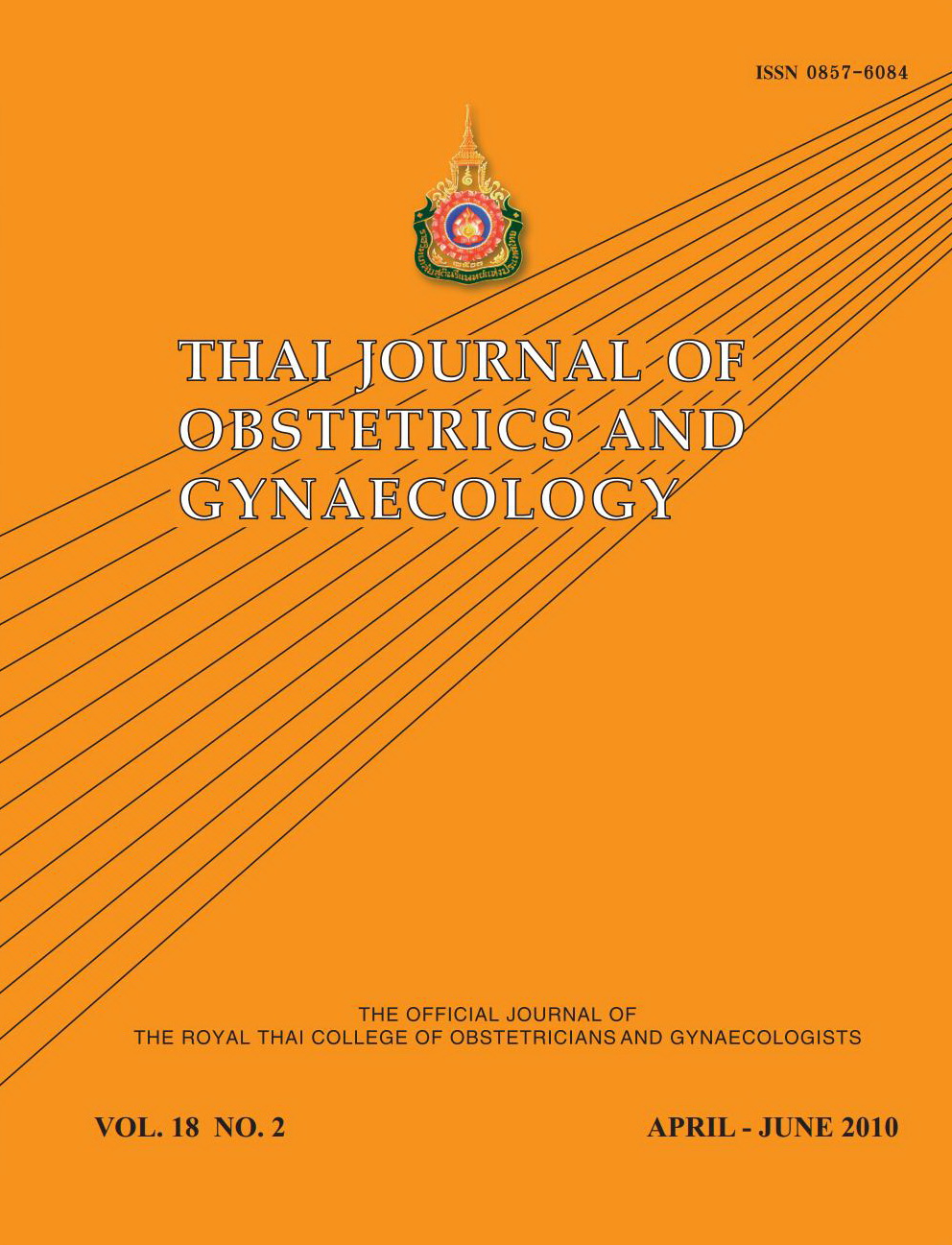Hysterectomy for Treatment of CIN: Is there Any Advantage for a Patient?
Main Article Content
Abstract
The concept of cervical intraepithelial disease was started in 1947. During the early decades that followed this recognition, carcinoma in situ (CIS) was treated very aggressively with total hysterectomy, whereas women with any grade of dysplasia were considered to have lower risk and were either not treated or treated by cryosurgery. Soon afterwards, the concept of spectrum of cervical intraepithelial neoplasia (CIN) was introduced, when it was later realized that all dysplasia had the potential for progression. Proper management should be done according to the severity of CIN. Traditionally, hysterectomy has been performed as definitive treatment of CIN especially in woman with CIN3 who has completed family or has other pathology in which hysterectomy is indicated. Most of women with CIN can now be effectively treated with ablative or excisional procedures such as large loop excision of the treatment of the transformation zone (LLETZ). However, the better understanding about human papilloma virus (HPV), the availability of colposcopy and the effective outpatient treatment have dramatically changed the measures of the precancerous lesion management. These conservative procedures have high primary cure rates without serious complication therefore, hysterectomy is currently not necessary for CIN.
Article Details
How to Cite
(1)
Boonlikit, S. Hysterectomy for Treatment of CIN: Is there Any Advantage for a Patient?. Thai J Obstet Gynaecol 2012, 18, 43-44.
Section
Editorial


